As a volunteer and then work-study “Nature Filmmaker” at Shaver’s Creek during the summer of 2020, I began work on a series of “sense of place” videos about each of the eight LTERP (Long Term Ecological Reflections Project) locations around the Creek and Stone Valley. Now in its 15th year at the Creek, LTERP seeks to record moments, reflections, and states-of-being at these specific sites over the course of 100 years, through the lens of authors and artists.
Creating a sense of place is all about recording video and audio in a specific location and editing all of that together to immerse an audience in that area. Consider Lake Perez on a summer evening — a huge area distilled into 2 minutes of finely tuned video to capture the essence of standing next to the lake. What does it look and sound like? Children laughing with their family, crickets chirping, a breeze through the evergreens, a symphony of birds, the oar of a kayaker calmly dipping into the still water. Across the lake I hear a child scream, “Beaver!!!” as they meander along the Lake Trail. I jog with my camera to the alleged sighting location, but I’m too late by about 15 minutes. I cannot capture everything, sadly.
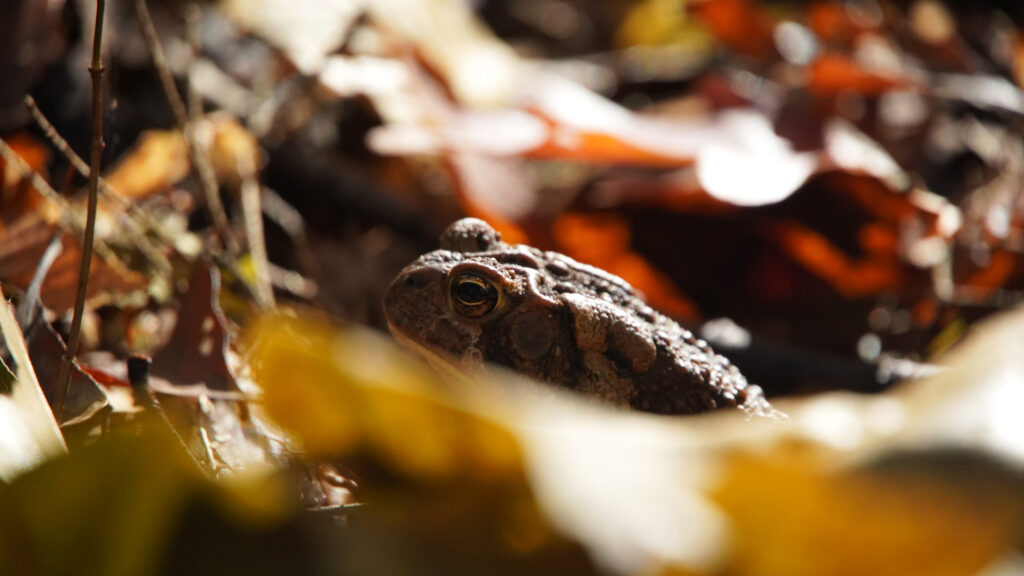
Most of the LTERP sites are straightforward expeditions. Lake Perez? Hard to miss. The Klingsberg Aviary is front and center. Relaxing areas like Twin Bridges, Rudy Sawmill, and the Lake Trail are along clearly marked pathways. The beautiful Bluebird Meadow is certainly a steeper climb than the others, but well worth it. The Chestnut Plantation is a fun filming experience, with gorgeous sunsets, by car or foot. That leaves the final LTERP location, and today’s topic of discussion, the infamous Dark Cliffy Spot. Upon learning the name, I laughed out loud, but having been there I must admit I would not be capable of creating a more appropriate title. It’s a bit of an abnormality among the LTERP sites in my mind, being a good distance away from Lake Perez and the other locations. The nearest site is the Chestnut Plantation, and even that is over a mile away! Naturally, the Dark Cliffy Spot seemed ominous in the summer of 2020 — what would I find out there? How dark was it really, and how cliffy? Could I even find it? Just how lost would I get?
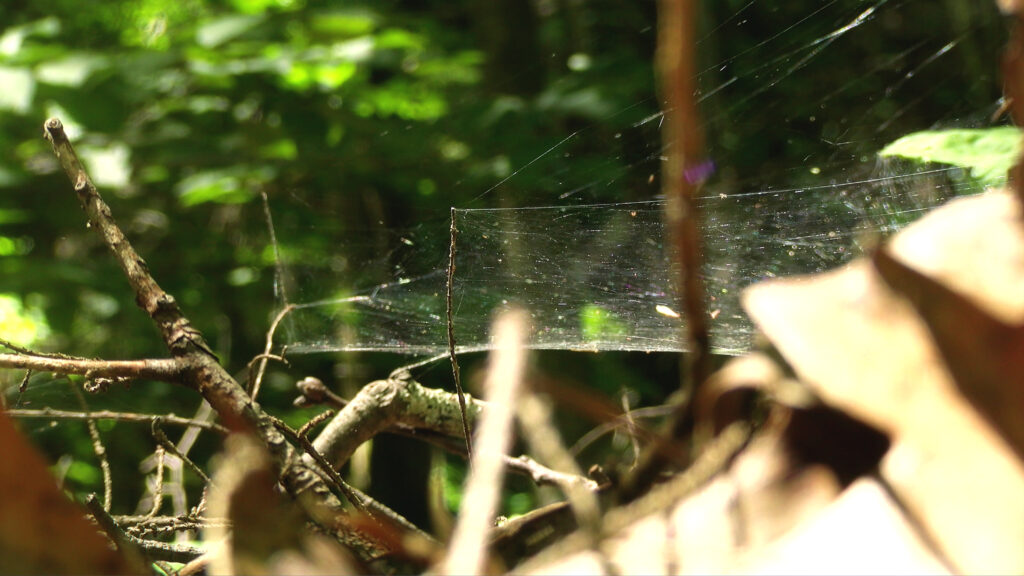
When I was 11 or 12 years old and living in rural Susquehanna County, my dad took it upon himself to impart hunting fascination onto his three sons. Being the youngest, I was often lumped into things I was not yet old enough to be a part of or remotely interested in. One day, he dropped me off in entirely unfamiliar woods and drove off to find his hunting spot. I was supposed to drive deer so they’d start rustling their way through the gloomy autumn forest (toward my dad, so he hoped). I was equipped with a flip-phone with no service and baggy, oversized hunting attire. A game of Uno on my flip-phone required my attention, and by the time I looked up, I had forgotten what direction I was supposed to walk in, where I had started, and how to even discern one direction from another. I felt completely isolated and disoriented. The trees suddenly felt massive while I felt miniscule. Every crunch of leaves underfoot shot out echoes for what seemed like miles. No deer were to be found for the next four hours while I wandered aimlessly, anxiety and nausea taking over. After stumbling my way into someone’s backyard, my cell connection returned and I was able to call my dad, who had long been finished hunting for the day.
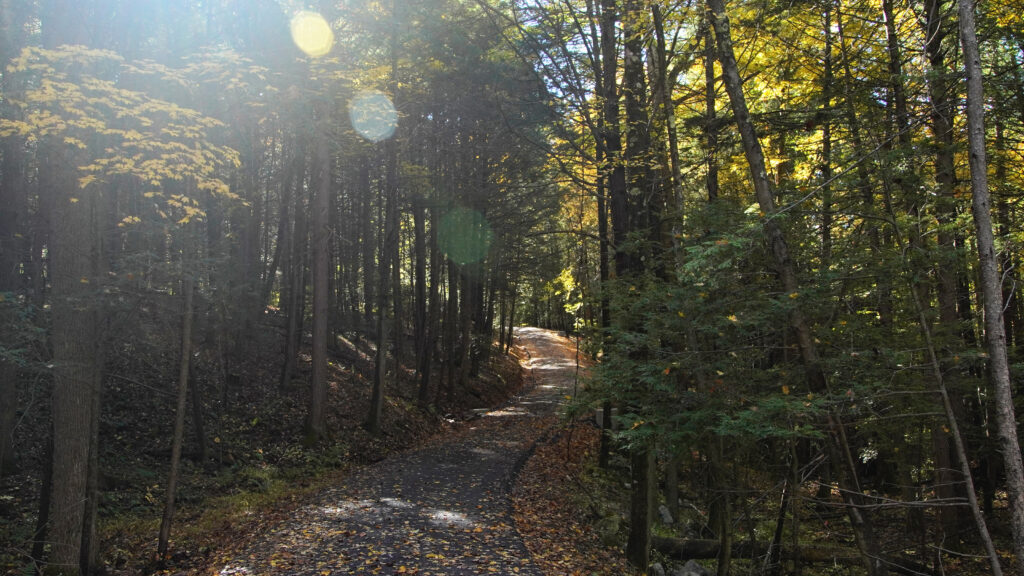
That all being said, Jack Meyer and getting lost in the woods due to a total lack of direction and general absent-mindedness go hand-in-hand, especially when those hands are holding a camera. The camera allows me to get lost in minuscule moments and lost in the minute details of a leaf, bug, or the wind in tree branches above. When a project (LTERP) is entirely based around me wandering trails with a camera, capturing any and every moment in nature that I come across throughout the four seasons, getting lost is a foregone conclusion. A warm, clear July day turned into wandering the Stone Valley woods in peak bloom, wondering if I was even in Stone Valley anymore. I blame myself and my camera alone for eventually walking out of those woods a failure, the Dark Cliffy Spot eluding me.
Such an aura is why somewhere like the Dark Cliffy Spot is special. It seems silly on the surface — such a playful name for the place I did eventually discover on August 8th of 2020, after taking another crack at the expedition (and bringing a map). The site itself is reflective, almost somber, and remote enough to feel entirely separate from the many other nature-y wonders that Shaver’s Creek has to offer. The thrill of finding it was amusing, much like all of my misadventures while getting lost in woods on and off of the trails of the Stone Valley. I don’t get lost for the sake of entertaining myself though, and certainly not because I want to make a video about getting lost. I’m not trying to make the journey more eventful than the destination.
It just happens.
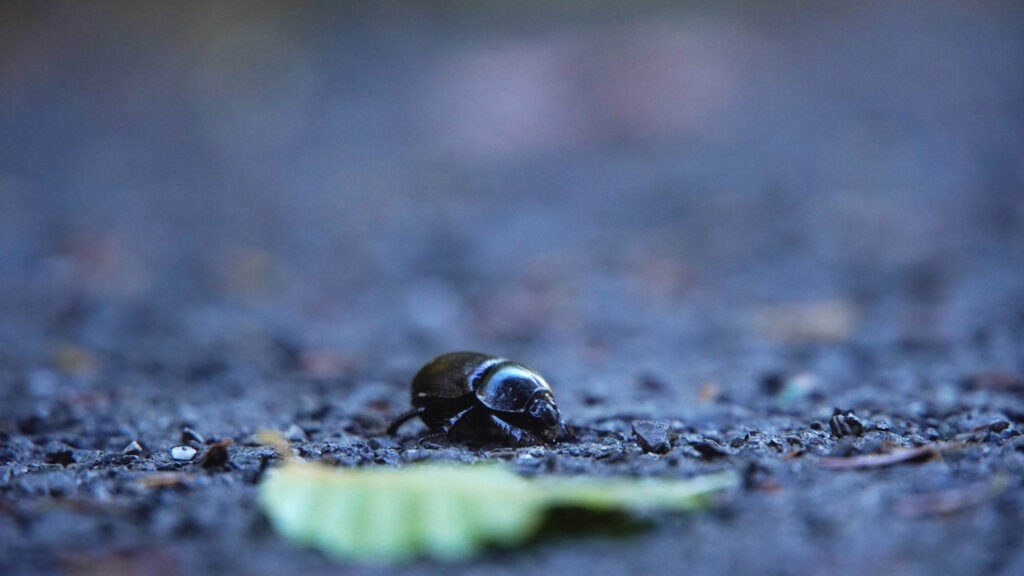
I ended up lost on the way to the Dark Cliffy Spot because I have trouble coming to terms with an indoor, insular world. As a deeply sensory person, I find the hustle, stress, and noise of everyday life overwhelming. My tendency to get distracted is something I keep in check while working from a desk. When I hear leaves rustling, bird chatter far above my head, and the creek lazily moseying around Stone Valley’s landscape, I become free of constraints and I give in to my ever-distractible sensibilities. It feels like home. A home that has helped me grow and become more self-reliant by providing outlets to explore and create of my own volition, while sharing those experiences with other distractible wanderers like me.
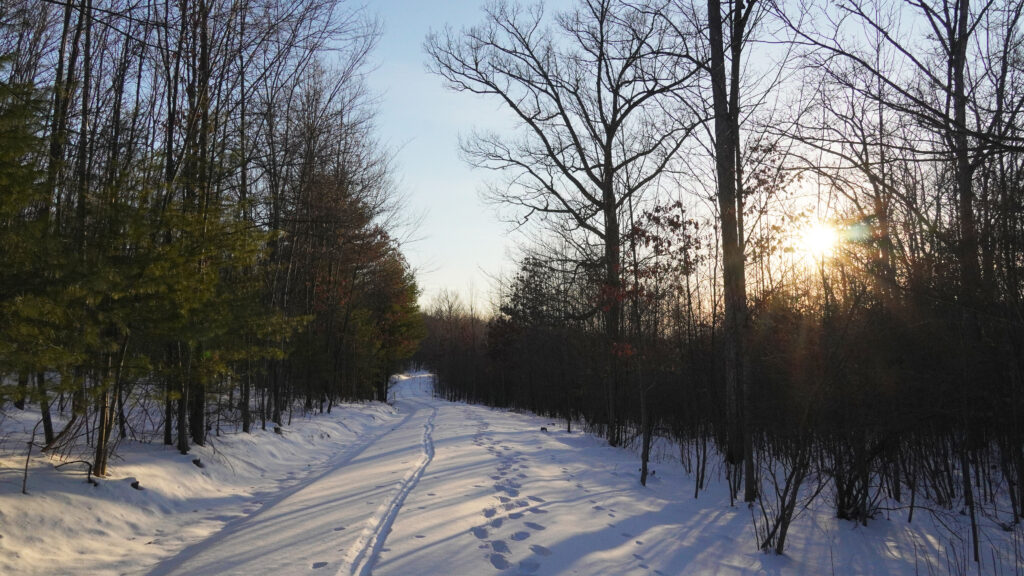
The journey to the Dark Cliffy Spot changes through the seasons (I trudged through a foot of snow last week — but footprints and the lack of leaves made the journey significantly less treacherous than earlier ventures). The foundations and upkeep of trails also assist me, the ever-so-forgetful hiker that I am. Despite my growing familiarity with the LTERP sites through these months of solo hiking, I believe that the Dark Cliffy Spot’s mystique is only ever increased by the trek necessary for arriving at its doorstep. The reward is peace and quiet for most. For me, it’s peace and quiet and a place to get comfortably distracted in efforts to capture and record every bug, leaf, bird, and trickle of water in the shadow of the humble Cliffy Spot. If I was dropped in those mysterious woods of my younger years to drive deer for my dad again, I would no longer be an anxious wreck. I’d take advantage of the time set aside to relax, forget worldly anxieties, and comfortably get lost among the dense Pennsylvania foliage.
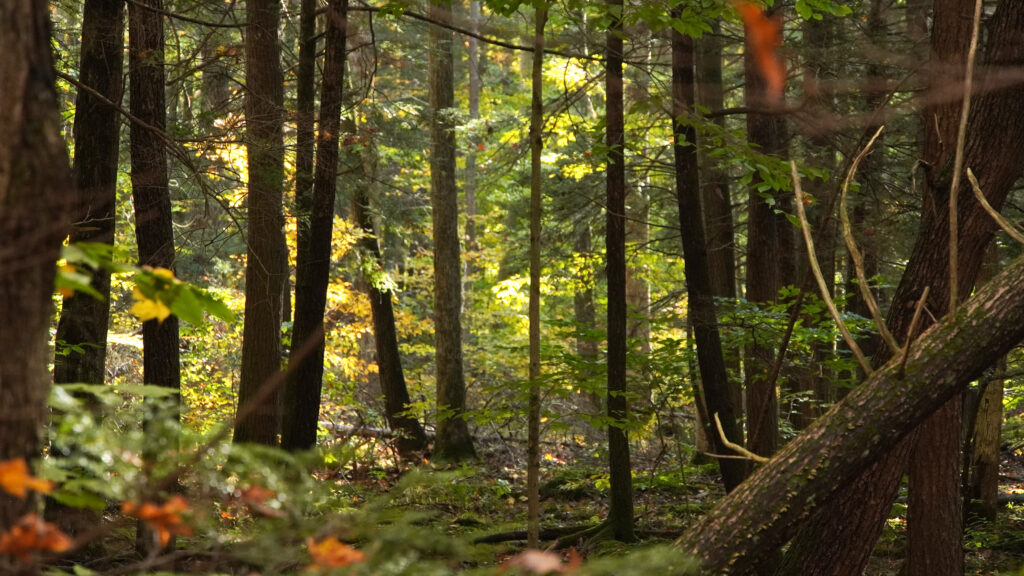
I recommend a trip to the Dark Cliffy Spot if you haven’t been, and just remember: even if you get lost, reflection can happen in any spot, the journey is the destination, and I can’t be held responsible for your misadventures — but I’m sure you will remember them well.
I can confirm with my own eyes: The Dark Cliffy Spot is rather dark — and somewhat cliffy.
